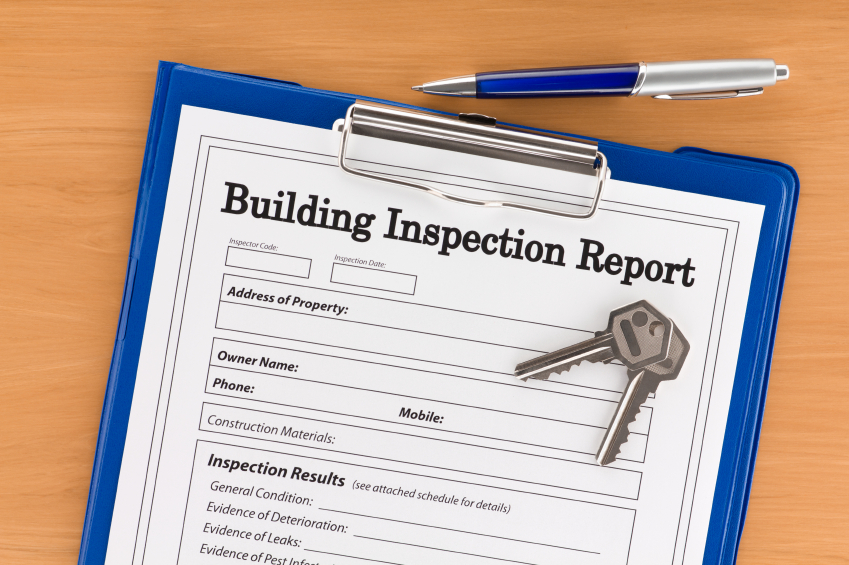Latent Defects Present Potential Problems for Home Buyers and Sellers

A recent Court battle between a buyer and a seller of a residential property over flood damage has highlighted the need for better clarity in Ontario’s new Seller Property Information Sheet (SPIS). The case also serves as a reminder of the duty of the seller to disclose any latent defect with the property. A latent defect is a defect that can not be detected by reasonable means, such as a standard home inspection.
Advice to sellers
If your home has a defect that cannot be easily be identified you are obliged to disclose it through a SPIS or other documentation. If there are issues with the home, it is highly advisable to consult with your real estate agent and lawyer to determine what and how these defects should be disclosed. Often, the agreement of purchase of sale will include conditions. These typically include the requirement for the property to inspected and, more recently, a request for the seller to complete a SPIS. Sellers are not obliged to complete the SPIS or allow an inspection, but any reluctance will likely be seen as a red flag by the purchaser and hurt the chances of the sale going through. Not disclosing a latent defect could result in legal action by the buyer after the completion of the sale.
Advice to buyers
While intended to be helpful for home buyers, answers in the SPIS can be ambiguous. If the sellers do provide a SPIS, be sure to review it carefully and to ask detailed questions. For example, if the SPIS indicates that there are no issues with the roof, find out when someone was last on the roof to inspect it. If a SPIS is available, buyers should request a copy before the home inspection takes place so that the inspector can review it. Making the agreement of purchase of sale conditional upon a home inspection is always advisable. Remember, the sellers are not required to disclose patent defects to a buyer. Patent defects are problems with the property that should be discovered during a routine inspections.
While the Courts did ultimately find in favour of the sellers in this case, the circumstances were unusual and, most notably, the buyers waived the requirement for the sellers to inform the buyer of any important changes to the property after the completion of the home inspection. The fact that the home sellers had consulted their lawyer over the disclosure requirements of the SPIS demonstrated to the Courts that they took their obligations seriously. It is also worth noting that this dispute arose during a private sale. Using a licensed realtor will help buyers and sellers avoid a potential lengthy and costly dispute after closing.
Full details on the case can be found in the case summary below.
Buyers and Sellers Beware when signing a Seller Property Information Statement
Case summary by: Kate Agyemang (summer student)
Soboczynski v Beauchamp, 2015 ONCA 282 – During a private sale, both parties entered into an agreement of purchase and sale (APS) that was conditional on a home inspection. After the agreement was signed, the Soboczynskis (hereinafter the buyers) asked the Beauchamps (hereinafter the sellers) to complete and sign a Seller Property Information Statement (SPIS). This SPIS contained an obligation to inform the buyer of any important changes to the information in the SPIS before closing. As the inspection was satisfactory, the conditions were waived. Just before closing, the sellers had a minor flood and the minor damage was repaired for $1,600. This was not disclosed to the buyer. The transaction closed nine days later. A month later, another flood occurred. The buyer repaired the damage, which this time required extensive work to correct a ponding problem, for approximately $21,500. When the buyer found out about the earlier flood, they sued the seller for negligent misrepresentation.
The trial court dismissed the action against the seller, relying on the entire agreement clause in the agreement. The divisional court disagreed and found for the buyer, explaining that the failure to disclose the flood was the correct basis for a finding of negligent misrepresentation. The seller appealed to the Ontario Court of Appeal (ONCA).
In allowing the appeal, the ONCA found that despite the fact that the representations were actionable notwithstanding the entire agreement clause, in the absence of evidence indicating reasonable reliance, the buyers had not adequately shown they reasonably relied on the misrepresentation.
The issue on appeal was whether the entire agreement clause precluded a purchaser’s action in negligent misrepresentation against a seller, for non-contractual representations made after entering into the agreement but before closing. The ONCA found any consequences flowing from representations made in the SPIS were outside the reach of the entire agreement clause as the clause operated retrospectively, not prospectively. This essentially meant that an application of the clause was limited to “representations, warranties, collateral agreements, and conditions made prior to or during the negotiations leading up to the signing of the APS”. Thus when the sellers made representations in the SPIS, a document completed after the APS had been signed by all the parties, the entire agreement clause was spent.
The ONCA found this conclusion was supported by four elements. Firstly, a standard analysis of the general purpose of entire agreement clauses indicated this clause is essentially the codification of the parol evidence rule. Secondly, the jurisprudence states that, subject to express wording to the contrary, these clauses do not apply to representations that post-date the contract in which the clause is found. Thirdly, as held in Dzourelov v. T.B. Bryk Management & Development Ltd. (2004), 190 OAC, the plain meaning of a clause written in the present tense, suggests it was meant to look backwards, not forwards. Finally, the post-contractual conduct of the parties also confirmed they intended the obligations under the SPIS to be enforceable. The fact that the sellers had completed the SPIS only after consulting their lawyer demonstrated they took the SPIS seriously. As a result, the sellers were responsible for all the consequences that flowed from the representations they made in the SPIS.
However, the case failed on caveat emptor principles; the buyers had not established the fourth element of negligent misrepresentation – reasonable reliance. While the buyers had argued they relied on the SPIS in waiving the home inspection, at that time, there would have been nothing for the sellers to disclose. The condition was waived prior to any flooding and at any rate, there was no evidence a home inspection would have found future flooding issues. Additionally, as any remedy available to the buyers under the APS required a finding of “substantial damage”, the fact that no substantial damage had been sustained during the first minor flood was fatal to the buyers’ argument; especially given the damage had been repaired before the buyers took possession. The ONCA thus reiterated that to prove reasonable reliance, the buyers had to show “the misrepresentation somehow caused them to act to their detriment”, which they found these buyers had failed to do.




